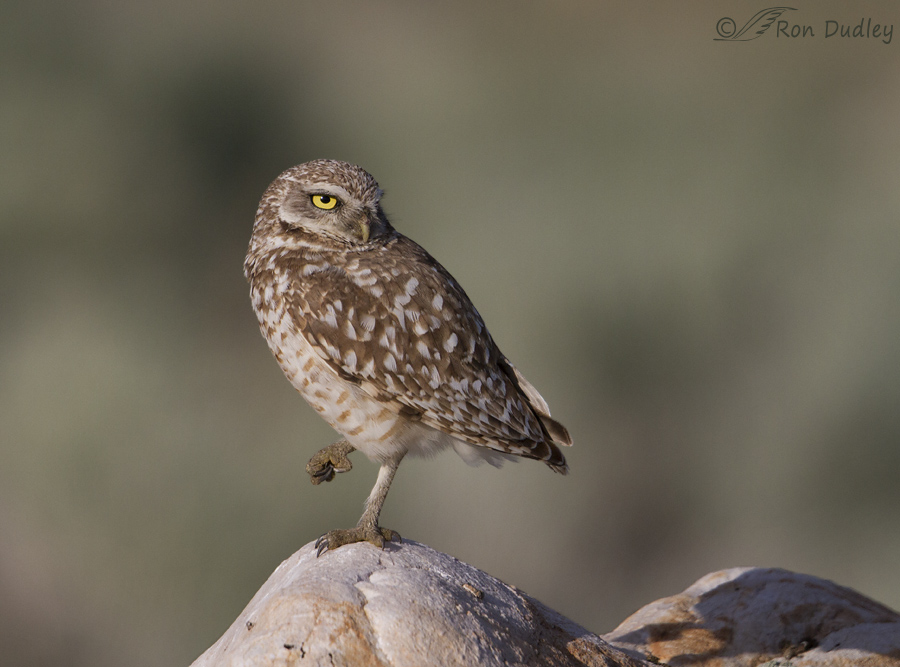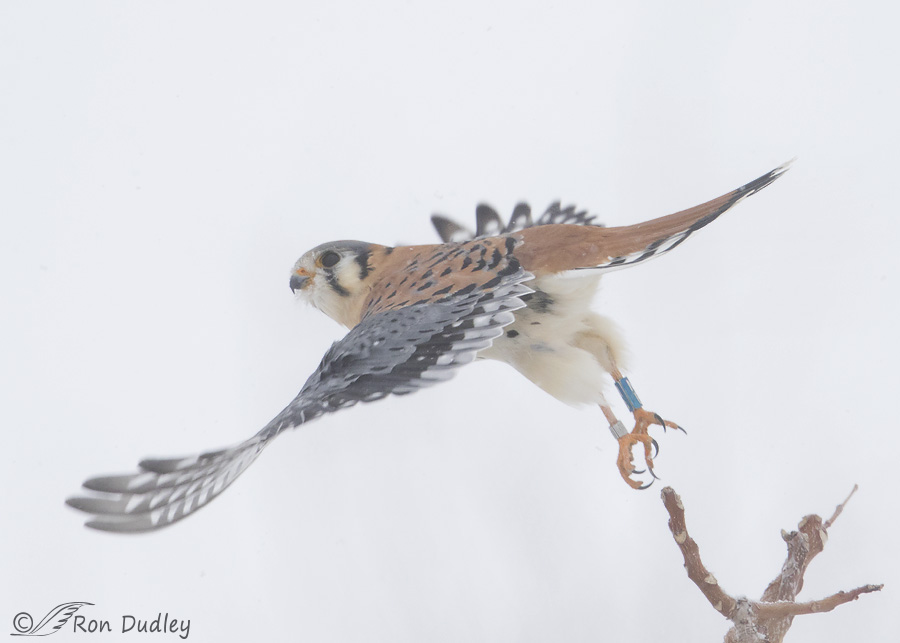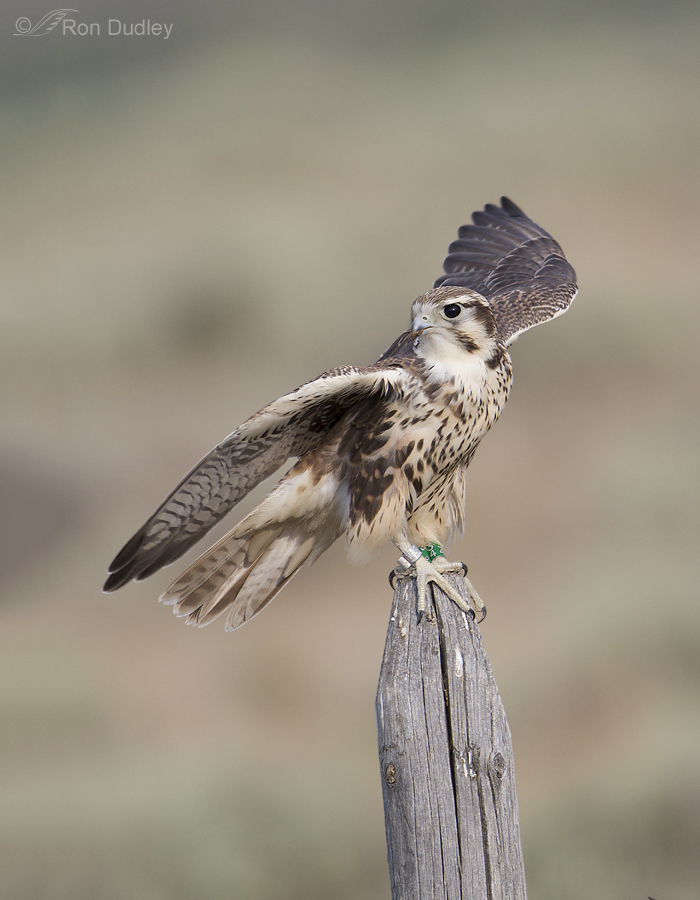Tag: band
Burrowing Owl On A Boulder Perch

Six days ago on Antelope Island as I rounded a curve in the road I encountered this Burrowing Owl on a large rock with a clean setting and background. It was a cool morning and the sun had only recently come up so this bird was obviously enjoying the warming rays and showed no nervousness as I approached.
The Tamest Prairie Falcon Of Them All
The Banded Burrowing Owls Of Antelope Island
Populations of Burrowing Owls in North America are in sharp decline. They are an Endangered Species in Canada where only about 800 pairs remain as there has been a 73% drop in their numbers in that country over the last 30 years. They are a species of “special protection” in Mexico and they are “listed” in 9 of the 18 western states in the U.S. that they still occupy. The reason for this disastrous decline is not well understood, but “human activity” is strongly suspected. In order to get a better handle on what is happening to them, multiple banding studies are in progress and that includes Antelope Island. 1/2000, f/6.3, ISO 500, 500 f/4, 1.4 tc, natural light, shot from pickup window, not baited, set up or called in I first noticed banded juvenile Burrowing Owls on the island this past summer. Out of about a dozen juveniles in one area, several of them were banded but it was difficult to get a precise number because they’re hard to tell apart when some are in their burrows and the rest are flying all over the area. Most of the photos I have of banded owls were taken in early morning light but this one was taken later in the day (as you can tell by the position of the catch light and the angle of the shadows on the eyes), so the light was brighter and harsher. 1/1600, f/6.3, ISO 500, 500 f/4, 1.4 tc, natural light, shot from pickup window, not baited, set up…
Falconry – A Detriment To The Birds?
As some of you will remember, I’ve recently made two posts calling into question some of the ethics of the “sport” (some don’t like that term) of falconry. This was the bird that prompted my most recent post – an “escaped” female Peregrine Falcon that I photographed along the Antelope Island causeway a few weeks ago. You’ll notice that she still has her leather falconry anklets above her feet (only one can be seen in this photo). And last year, this escaped male American Kestrel was loose near Farmington Bay WMA and it still had not only its anklets but its jesses. The extreme danger to the bird of having those long, dangling jesses engangle and kill the kestrel is obvious. In both posts I questioned the ethics of falconry in general, but admitting my relative ignorance of the subject I asked (on the second post) for more information from my readers to “enlighten” me on the subject. For those who haven’t seen those posts and have the interest, here’s the links: Escaped Falconry Bird – Peregrine Falcon Escaped Falconry Bird – Peregrine Falcon, Again Mark Runnels, a master falconer from Oklahoma, responded to the second post with a series of very detailed, knowledgeable and thoughtful comments on falconry – responding to each of my concerns dispassionately and eloquently. However, that post was made on September 17 and Mark didn’t begin to comment until October 23, which means that his valuable information likely went under the radar for most of my readers (very few folks come back to a…
Burrowing Owl On A Boulder Perch

Six days ago on Antelope Island as I rounded a curve in the road I encountered this Burrowing Owl on a large rock with a clean setting and background. It was a cool morning and the sun had only recently come up so this bird was obviously enjoying the warming rays and showed no nervousness as I approached.
The Tamest Prairie Falcon Of Them All
The Banded Burrowing Owls Of Antelope Island
Populations of Burrowing Owls in North America are in sharp decline. They are an Endangered Species in Canada where only about 800 pairs remain as there has been a 73% drop in their numbers in that country over the last 30 years. They are a species of “special protection” in Mexico and they are “listed” in 9 of the 18 western states in the U.S. that they still occupy. The reason for this disastrous decline is not well understood, but “human activity” is strongly suspected. In order to get a better handle on what is happening to them, multiple banding studies are in progress and that includes Antelope Island. 1/2000, f/6.3, ISO 500, 500 f/4, 1.4 tc, natural light, shot from pickup window, not baited, set up or called in I first noticed banded juvenile Burrowing Owls on the island this past summer. Out of about a dozen juveniles in one area, several of them were banded but it was difficult to get a precise number because they’re hard to tell apart when some are in their burrows and the rest are flying all over the area. Most of the photos I have of banded owls were taken in early morning light but this one was taken later in the day (as you can tell by the position of the catch light and the angle of the shadows on the eyes), so the light was brighter and harsher. 1/1600, f/6.3, ISO 500, 500 f/4, 1.4 tc, natural light, shot from pickup window, not baited, set up…
Falconry – A Detriment To The Birds?
As some of you will remember, I’ve recently made two posts calling into question some of the ethics of the “sport” (some don’t like that term) of falconry. This was the bird that prompted my most recent post – an “escaped” female Peregrine Falcon that I photographed along the Antelope Island causeway a few weeks ago. You’ll notice that she still has her leather falconry anklets above her feet (only one can be seen in this photo). And last year, this escaped male American Kestrel was loose near Farmington Bay WMA and it still had not only its anklets but its jesses. The extreme danger to the bird of having those long, dangling jesses engangle and kill the kestrel is obvious. In both posts I questioned the ethics of falconry in general, but admitting my relative ignorance of the subject I asked (on the second post) for more information from my readers to “enlighten” me on the subject. For those who haven’t seen those posts and have the interest, here’s the links: Escaped Falconry Bird – Peregrine Falcon Escaped Falconry Bird – Peregrine Falcon, Again Mark Runnels, a master falconer from Oklahoma, responded to the second post with a series of very detailed, knowledgeable and thoughtful comments on falconry – responding to each of my concerns dispassionately and eloquently. However, that post was made on September 17 and Mark didn’t begin to comment until October 23, which means that his valuable information likely went under the radar for most of my readers (very few folks come back to a…



